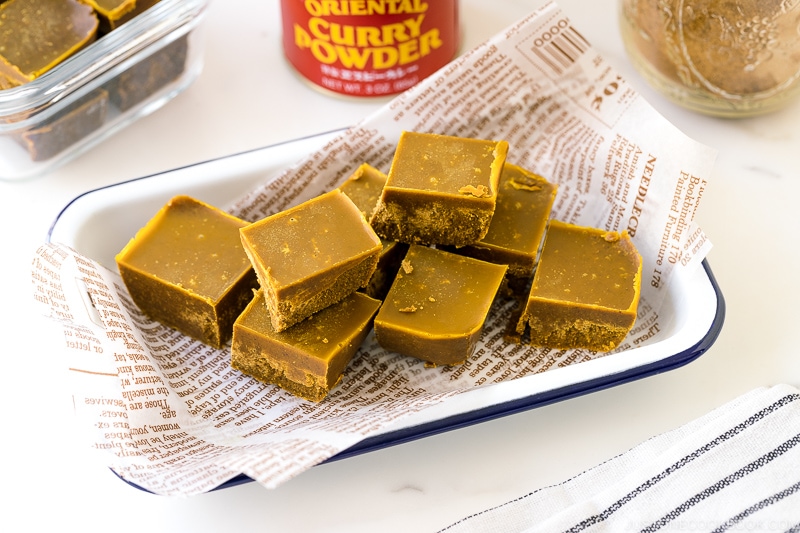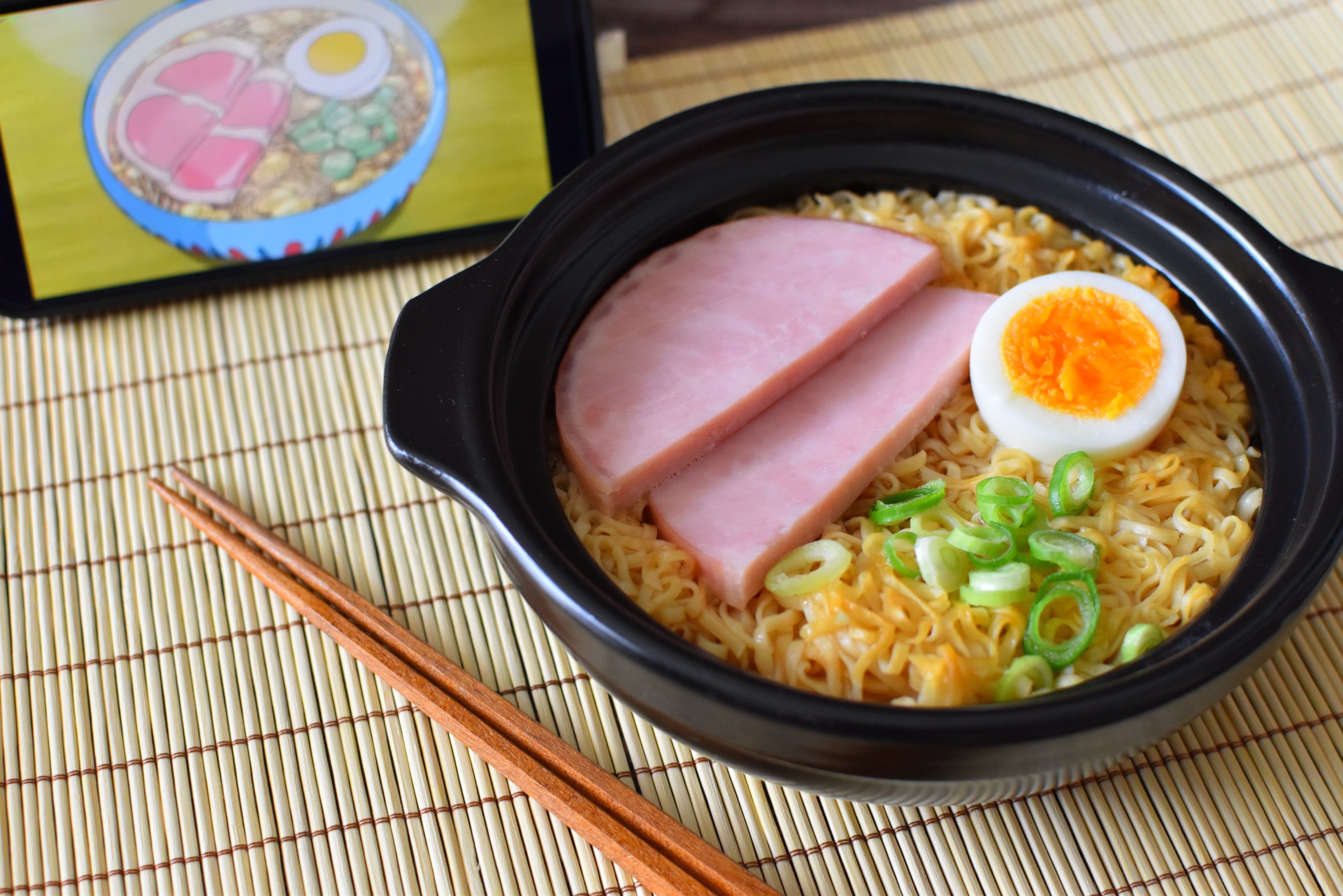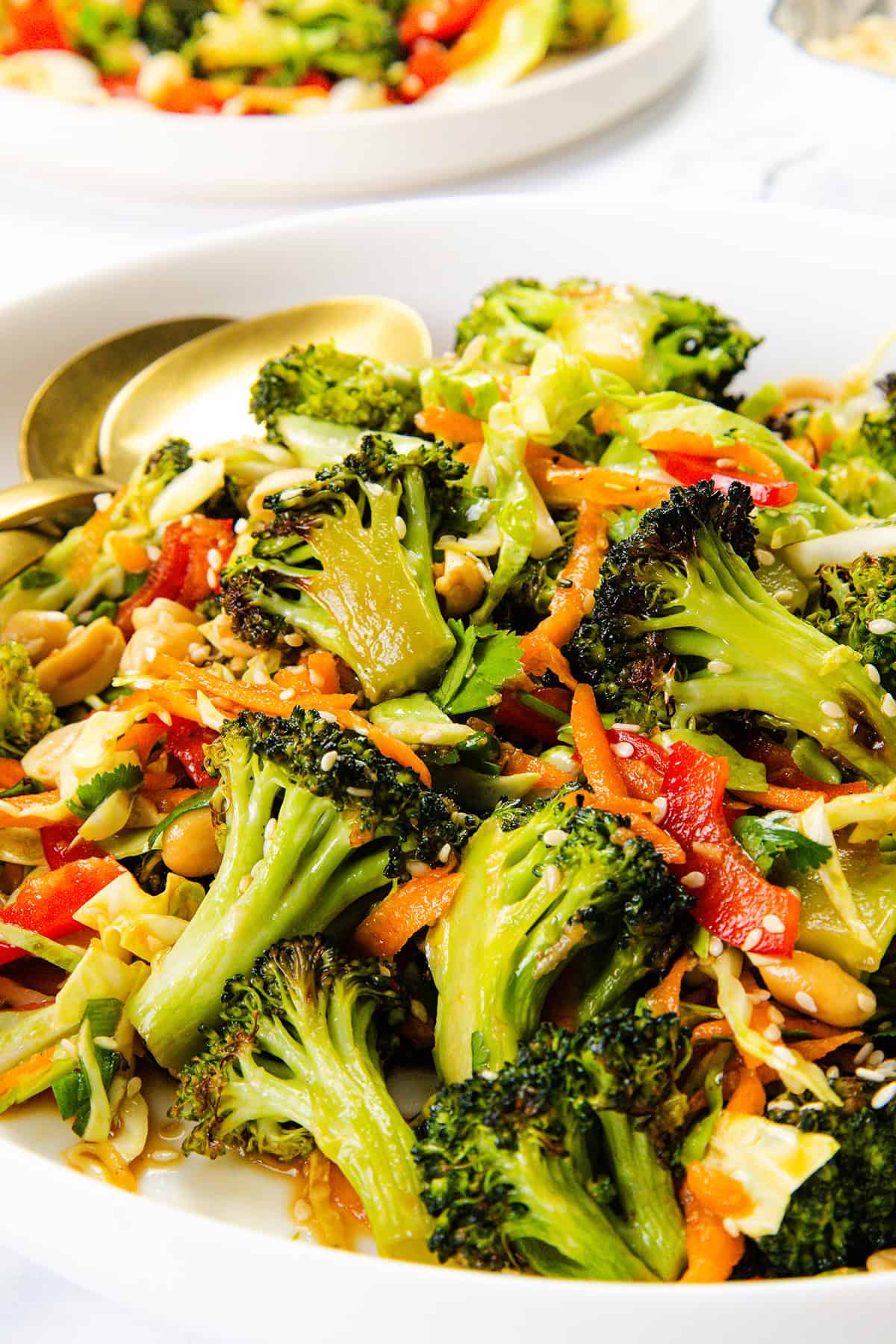Amazake is a traditional Japanese fermented rice drink that’s naturally sweet, rich in enzymes, and full of nutrients. It’s often served warm in winter, especially around New Year’s, but is perfect in summer too when it’s been chilled. Learn how to make it with this easy recipe and just 1 or 2 ingredients!
reference : Koyomi seikatsu

What is Amazake ?
Amazake is a traditional Japanese sweet fermented rice drink that has been enjoyed for over a thousand years. It was historically offered at temples and shrines during the New Year as a symbol of warmth and renewal. When I was a registered nurse in Japan I used to work at a shrine from New Year’s Eve to New Year’s Day to provide any first aid for worshippers visiting the Shrine. My uncle and aunt lived nearby and would bring me Amazake to drink during my breaks. It was so comforting and delicious in the cold winter. But it’s also a classic summertime drink too. The word amazake is actually a kigo (a seasonal word used in haiku) to evoke the feeling of summer. In the past, it was sold by street vendors as a cooling and energy boosting drink to prevent heat fatigue. Nowadays this rice porridge is a beverage/treat enjoyed all year round.

There are two main types of amazake: one made with sake lees (sake kasu, 酒粕), which may contain a small amount of alcohol, and another made from rice and koji (kome koji, 米麹), which is naturally non-alcoholic. This recipe focuses on koji amazake. It has a delicious natural sweetness and many health benefits.
Health Benefits of Amazake
Amazake is not only delicious but also incredibly nutritious and nourishing, thanks to the power of fermentation. Here are some of its health benefits:
- It’s naturally rich in probiotics and dietary fiber, which support gut health, aid in digestion, and improve bowel movement to prevent constipation
- It’s rich in enzymes, essential amino acids, folic acid, glutamine and B vitamins that help boost energy and metabolism, improve the immune system
- The sweetness comes entirely from the enzymatic breakdown of rice starches, so there’s no added sugar.
- It’s naturally vegan and gluten-free
- It’s fermented so it brings good gut bacteria
- It is said to be a “beauty drink” in Japan or same as “hospital medical drips” because it contains Vitamin B1, B2, B6, Folic acid, dietary fibre, oligosaccharide, cysteine, arginine, hlutamine, and glucose, which helps promote cell generation and to activate the skin cells’ turnover so it is drunk by Japanese women as a beauty drink.
reference : amazake health effects
Ingredients of Amazake
Amazake made with rice and koji is made with just three main ingredients: cooked rice, rice koji (kome koji), and water.
Cooked Rice
Cooked rice is used as the base. It adds natural starches that get broken down into sugars during fermentation.

Rice Kōji
This is steamed rice fermented with a fungus called Aspergillus oryzae mold. It’s the key ingredient that drives the fermentation process. It contains enzymes that break down the starches in the rice into natural sugars, giving amazake its gentle sweetness. There are two types that you can purchase, one is dried and another is raw. I use dried Koji.

Water
Water is added to create the desired consistency and to support even fermentation.
Yogurt Maker, Thermos, or Insulated Container
Amazake needs to stay warm for 6–10 hours. Tools like a yogurt maker, thermos, or insulated food jar help maintain a stable warm environment.
Thermometer
Maintaining the right temperature (around 55–60°C / 130–140°F) is key to successful fermentation. A kitchen thermometer will help to monitor it accurately.
Spoon or Spatula
For mixing the cooked rice and rice koji evenly for consistent fermentation.
Clean Container with Lid
After fermentation, amazake should be stored in a clean, airtight container (glass or food-safe plastic) and kept in the refrigerator.
Blender or Hand Mixer (optional)
If you prefer a smooth, drinkable texture, you can blend the amazake after it’s fermented.
Step-by-Step Instructions for Making Amazake
1. Cook the Rice
Start by cooking the rice. You can use white rice or brown rice. White rice amazake has a mild, sweet flavor and brown rice amazake has a richer flavour.
2. Mix with Koji
- Once the rice has cooled to about 60°C (140°F), so that it’s warm to the touch, but not hot, add the water.

- Gently crumble the dried koji into the rice and mix thoroughly to make sure fermentation is even.

- Final mixture temperature should be between 55–60°C (130–140°F) before incubation.

3. Keep Warm and Ferment
Fermentation happens best when the temperature is kept consistently warm.
Maintain the mixture at 55–60°C (130–140°F) for 6 to 8 hours.
Ways to keep it warm:
- Yogurt maker with temperature control (I used this)
- Thermos or insulated food jar
- Rice cooker on “keep warm” mode with the lid slightly open
- Warm oven with light on (check with a thermometer)
Stir the mixture every few hours to distribute heat for even fermentation.
4. Check Sweetness and Store
After 6–8 hours, taste the amazake. It should be naturally sweet.
- Fermentation is complete when it smells pleasantly sweet and slightly fruity, and the grains have softened more.
- If it’s not sweet enough, let it ferment a little longer.
- Optional: you can blend the finished amazake now using a hand blender or regular blender.
5. Storage
Let it cool, then store in the refrigerator.
Shelf life and Storage of Amazake
Once your amazake has finished fermenting, let it cool completely before transferring it to a clean, airtight container. Store it in the refrigerator, it will keep fresh for about 2 weeks. Because amazake is a live fermented food, it may continue to ferment slightly even when chilled which can cause it to become sweeter or tangy over time.
For longer storage, amazake can be frozen in small portions (ice cube trays work well) for about 3 months and thawed as needed. Freezing stops the fermentation process and preserves flavor and nutrients. Avoid leaving amazake at room temperature after fermentation is complete otherwise it can spoil or become sour. Always use clean utensils to scoop it out and keep it sealed to maintain the quality.
How to Use Amazake
- Drink warm or cold as it is.
- Dilute with hot water and add ginger for a classic winter drink
- Use it as a sugar replacement in smoothies, desserts, baking, salad dressings, etc . When using amazake as a natural sweetener/substitute for sugar, use about 1.5 to 2 times the amount of sugar as a general guideline. For example If a recipe calls for 1 tablespoon of sugar, you can use about 1.5 to 2 tablespoons of amazake as a substitute. If you use the same amount of amazake as you would for sugar then the sweetness may be very mild.
- Use it as a marinade for meats
- Add a little bit of soy sauce to amazake for a salty-sweet treat that tastes similar to mitarashi dango
- Mix amazake with miso to create a delicious salad dressing.
- Another easy and refreshing amazake recipe is amazake lemonade.

- Use clean tools and containers: sanitize all utensils, bowls, and containers before starting. This helps prevent contamination and ensures a healthy fermentation environment.
- Maintain a stable temperature: Amazake ferments best at 55–60°C (130–140°F). If the temperature drops too low, fermentation slows down; too high, and the enzymes may die. Use a thermometer to monitor, especially if you’re using homemade setups like thermoses or warm ovens.
- Taste test as it ferments: Check the flavor after 6 hours and continue fermenting if you prefer a sweeter taste. Amazake is ready when it’s sweet and aromatic.
- Experiment with different types of starchy food: white rice produces a smooth, mild amazake and brown rice adds a nutty depth and more nutrients. You can also use sweet potato and potatoes.
- Adjust water for consistency: Add more water if you like it thinner and drinkable, or reduce water for a thicker, spoonable version.
Troubleshooting Amazake
- If the amazake is not sweet enough this usually means the fermentation temperature was too low or the time was too short. Make sure it stays between 55–60°C (130–140°F) and give it a few more hours to develop sweetness.
- If the amazake is sour, it can be a sign of over-fermentation or contamination. Check your tools for cleanliness and try fermenting for a shorter time next batch—6 to 8 hours is often enough.
- If the texture is too thick, simply stir in a bit of water to reach your preferred consistency.
- If it’s too thin, reduce the water next time or blend in a bit of extra cooked rice.
FAQs
Q : Can amazake get you drunk?
A : No, amazake made with rice and koji (米麹) is non-alcoholic and cannot get you drunk. Although the name amazake means “sweet sake,” this version contains no alcohol because it doesn’t involve yeast or alcoholic fermentation. However, there is another type of amazake made with sake lees (酒粕) that may have a low alcohol content from residual alcohol. If you’re avoiding alcohol for any reason, be sure to choose the koji-based version, which is completely free of alcohol.
Q : Can I drink amazake every day?
A : Yes, you can enjoy amazake every day as part of a balanced diet! It’s a nutritious drink rich in enzymes, B vitamins, amino acids, and probiotics that support digestion, energy, and gut health. But amazake is also a source of natural sugars and carbohydrates so it’s best to limit to one small cup a day.
Q : What is the difference between amazake and sake kasu?
A : Amazake is a sweet drink made from fermented rice koji or sake lees; whereas sake kasu is the pressed lees left over from sake production. It’s a thick, pasty byproduct that’s mildly alcoholic and rich in flavor. Sake kasu is used as a cooking ingredient but is not typically consumed on its own.
Learn how to make homemade amazake, a naturally sweet and nutritious Japanese drink made with rice and koji. Easy, vegan, and perfect for gut health.
Prep Time 5 minutes
Cook Time 8 hours
Total Time 8 hours 5 minutes
Servings: 1 jar
Koji and Cooked rice
- ▢ 100 g Koji rice mold
- ▢ 150 g cooked rice
- ▢ 200 ml water
Koji only
- ▢ 100 g Koji
- ▢ 100 ml water
Koji and cooked rice
Cook rice then place the cooked rice in a bowl.
Pour 65-70℃(149-158℉) hot water into the bowl and mix with the cooked rice. *1
Add koji to the bowl and combine them all together well.
Check the mixture temperature to make sure it is around 60℃(140℉).
Place the mixture into a rice cooker, yoghurt maker, oven, etc. (anything that can keep it at 60℃[140℉]) and leave it for about 6-8 hours, stirring occasionally. *2
If using a rice cooker, set the rice cooker on the “keep warm” setting and leave the lid slightly open with kitchen cloth covered on the top.
(optional) Put the finished amazake into a pan over medium heat for 5 minutes after it has cooked for 8 hours (do not let the temperature go above 80℃). By doing this, it will stop any further fermentation.
Pour it into a sterilized jar and keep it refrigerated for up to about 2 weeks. *3
Serve hot or leave in the fridge to cool and serve chilled!
Koji only
Place Koji in a bowl.
Pour 65-70℃ (149-158℉) hot water into the bowl and mix well.
Check the mixture temperature to make sure it is around 60℃(140℉).
Place the mixture into a rice cooker, yoghurt maker, oven, etc. (anything that can keep it at 60℃[140℉]) and leave it for about 6-8 hours, stirring occasionally. *2
Put the finished amazake into a pan over medium heat for 5 minutes after it has cooked for 8 hours (do not let the temperature go above 80℃). By doing this, it will stop further fermentation.
Pour it into a sterilized jar and keep it refrigerated for up to about 10 days. *3
Serve hot or leave in the fridge to cool and serve chilled!
*1 if the rice is cold, the hot water cools down quickly so it needs to be hotter. Please adjust.
*2 I stir the mixture at 4 hours in, to make sure it’s all fermented evenly. Also check the mixture temperature if it is too low like 40°C(104°F), you may want to reheat to 60 °C(140°F) but be careful not to reheat to over 70°C(158°F), otherwise it will kill the koji.
*3 It can be stored in the freezer too and will last about 3 months.
*4 cooking rice time is not included in the prep and cooking time.
Calories: 595kcal · Carbohydrates: 128g · Protein: 8g · Fat: 1g · Sodium: 24mg · Potassium: 52mg · Sugar: 82g · Calcium: 15mg · Iron: 0.3mg
Course: Drinks
Cuisine: Japanese
I want to see it! Tag @chopstickchronicles on social media!
The site and our mobile application may contain links to affiliate websites. We receive a small affiliate commission for any purchase made by you on the affiliate website using such links. Read our disclosure policy.











 English (US) ·
English (US) ·